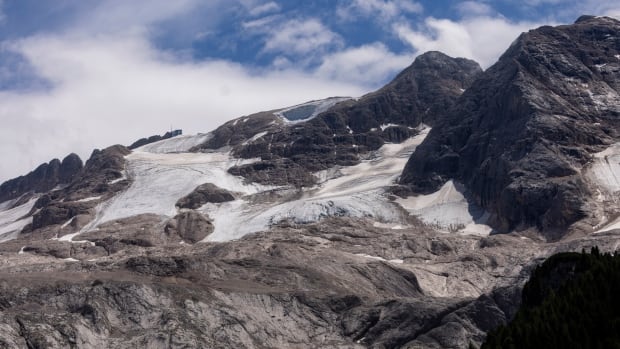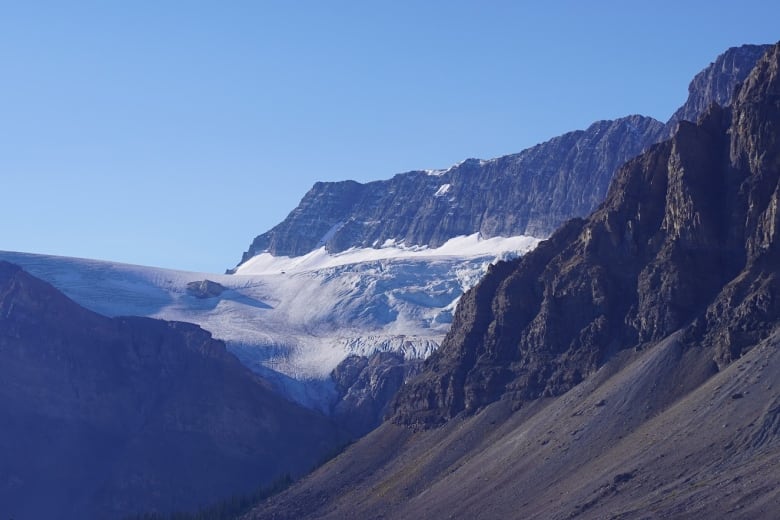
Some of the world’s most famous glaciers, including in the Dolomites in Italy, the Yosemite and Yellowstone parks in the United States and Mount Kilimanjaro in Tanzania are set to disappear by 2050 due to global warming, whatever the temperature rise scenario, according to a UNESCO report.
UNESCO, the United Nations cultural agency, monitors some 18,600 glaciers across 50 of its World Heritage sites and said that glaciers in one third of World Heritage sites will disappear by 2050 regardless of the applied climate scenario.
While the rest can be saved by keeping global temperature rise below 1.5 C relative to pre-industrial levels, in a business-as-usual emissions scenario, about 50 per cent of these World Heritage glaciers could almost entirely disappear by 2100.
“This report is a call to action. Only a rapid reduction in our CO2 emissions levels can save glaciers and the exceptional biodiversity that depends on them,” Audrey Azoulay, UNESCO’s director general, said in a statement.
She noted that the UN’s COP27 climate conference will have a crucial role to help find solutions to this issue.
World Heritage glaciers as defined by UNESCO represent about 10 per cent of the world’s glacier areas and include some of the world’s best-known glaciers, whose loss is highly visible as they are focal points for global tourism.
Rockies at risk
The report says glaciers in Canada’s Rocky Mountain parks have lost 15.9 per cent of their glacier ice mass relative to 2000 levels, putting their future at risk.
Canadian glacier researcher John Pomeroy says UNESCO’s findings are similar to his own.
“By 2050, if you were to drive down the Icefields Parkway through Banff and Jasper National Parks, you almost certainly would not be able to see glaciers at most of the current viewpoints,” Pomeroy, the Canada research chair in water resources and climate change at the University of Saskatchewan, told CBC News on Thursday.
“The Columbia Icefield will still be there. But glaciers like Peyto Glacier will be gone. Crowfoot will be gone. Vestiges of Victoria Glacier at the back of Lake Louise will be gone, and [there will be] just a bit of ice at the top of the ice fields that should linger through the end of the century, depending on how things go.”

Other glaciers can still be saved, Pomeroy said, but the level of challenge required would depend on how much global temperatures were reigned in.
“The 1.5 C warming [target] is not impossible, but it would take very, very energetic action right now. Even if we miss that, and it’s 2 C instead of 3 C, that’s still so much better.”
Melting glaciers add to rising sea levels
While droughts in Canada were contributing to glacial melt, that wasn’t the end of climate-related impacts from the loss of the landmarks.
The ice melt into streams and rivers contributes to rising sea levels and flooding in coastal communities, Pomeroy says, “so it’s problematic all the way around, as [the glaciers] disappear.”
The UNESCO report’s lead author, Tales Carvalho, told Reuters that World Heritage glaciers lose on average some 58 billion tons of ice every year — equivalent to the total annual volume of water used in France and Spain together — and contribute to almost five per cent of global observed sea-level rise.
UNESCO recommends that given the inevitable further shrinking of many of these glaciers in the near future, local authorities should make glaciers a focus of policy, by improving monitoring and research and by implementing disaster risk-reduction measures.